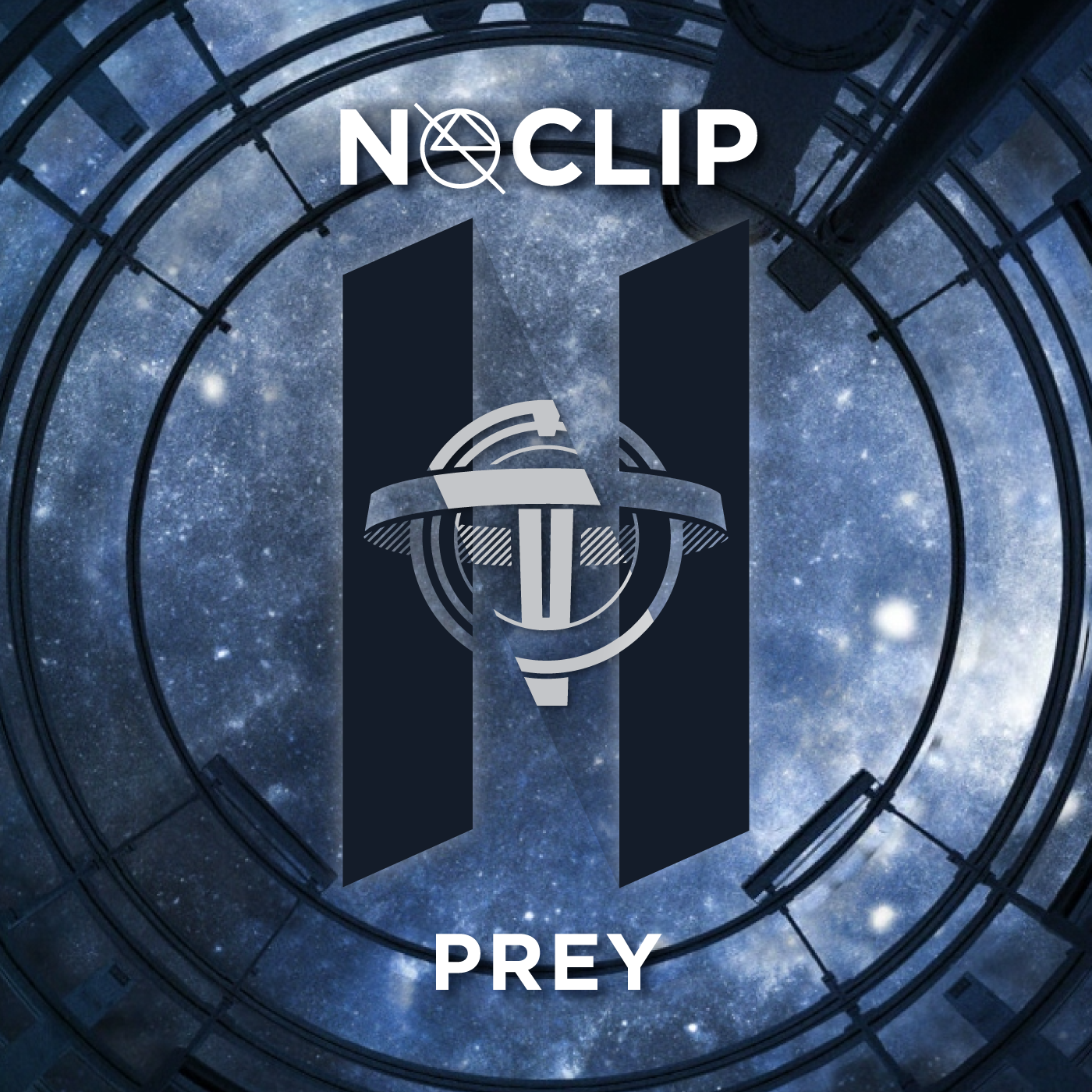What’s happening? What’s wrong with you? Do you realize what you’re saying? Do you know who you’re talking to? Snap out of it! Pull yourself together! Can you hear me?
Welcome back to the podcast! For our second pocket episode for the very cohesive and not stupid in any way themed month of Ape-ril, we’re going to be talking about Ape Escape. This is a Playstation 1 title that necessitates the use of the Dual-Shock analog controller. Which in the grand scheme of things doesn’t necessarily sound all that important of a detail to focus on, but playing the game it becomes very clear that its purpose was really to showcase all of things that were possible by having multiple analog sticks (as well as the L3/R3 button concept), and does so in a really unique way. The control scheme of this game is actually really clever, with the face buttons used to switch between multiple gadgets that can be mapped by the player and all use the right stick to function, as well as having jump mapped to the R1 button to keep the stick always available to be used. It was certainly novel at the time, and since we live in a world now where every modern controller has multiple analog sticks, it’s clear that the Dual Shock has had an impact with Ape Escape having at least a small part in introducing this concept to players. On top of that, the game is just solidly designed, having a lot of mechanical complexity and player abilities, but with a simple concept and mostly very tightly designed levels. This overall simplicity meant that the player can focus on using platforming, stealth, climbing and all of the different gadgets without sacrificing the flow of the level. We’re going to be talking about the successes and failures of the novel control scheme, the legacy of the game and why it’s worth playing, and our desire to see someone in a big foam Spike mascot costume.
Thank you for joining us this week! This game wasn’t an unknown quantity for us coming in, but we were still surprised by just how well this game held up, particularly in the face of some of the older games we’ve played recently. It really is an interesting title with a lot of good ideas that really haven’t been iterated on much outside of its own series. Did this game introduce you to twin stick controllers? Did you have an equally smooth time playing this one in the modern era? Let us know down in the comments or over on our Discord! Next time we’re leaving Ape-ril and entering into Mystery May (and then hopefully taking a fairly long break from themes) and we’re going to be talking about Gemini Rue, so we hope you’ll join us for that!





















